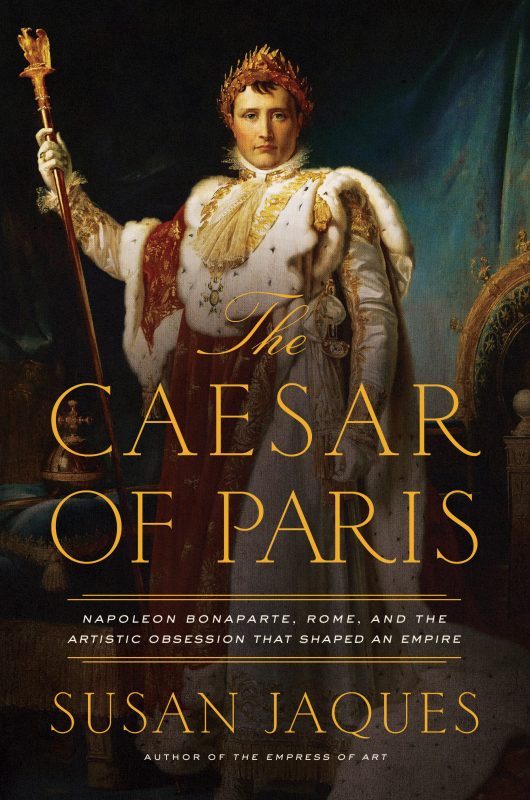



The high art that collectors did possess was entirely the work of foreigners. Its staples were folk art and icons – the painters of which were almost always anonymous. Author: Susan Jaques Genre: Biography & Autobiography, Travel, Art, History Topic: Royalty, Russia & the Former Soviet Union, Museums, Tours, Points of. Russia had no long-standing, indigenous art tradition. Who indeed wouldn’t struggle to name a single Russian artist before 1900 with an international reputation? It was the political revolutions of the early 20th century that fertilised that cold and sterile soil to produce a cluster of celebrated figures whose influence was felt beyond the empire’s borders, among them Malevich, Chagall, Kandinsky and Gabo. ‘Artists in St Petersburg live in comparative isolation,’ he wrote, ‘they are as a colony planted on the utmost verge of civilisation they are as exiles or exotics, far away from the commonwealth of art, left to pine or starve in a cold and sterile soil.’ The same was true of artists in Moscow, Nizhny Novgorod, Perm and everywhere else. The Empress of Art by Jaques, Susan and a great selection of related books, art and collectibles available now at. Whether it was the Arc de Triopmhe, the Venus de Medici in the Louvre, or the gorgeous works of Antonio Canova, Susan Jaques brings Napoleon to life as never before.In 1873 an English traveller put his finger on the whole problem with Russian art. But it was ancient Rome and the Caesars that held the most artistic and political influence and would remain his lodestars. His initiatives and his aggressive pursuit of antiquities and classical treasures from Italy gave Paris much of the classical beauty we know and adore today.Napoleon had a tradition of appropriating from past military greats to legitimize his regimeAlexander the Great during his invasion of Egypt, Charlemagne during his coronation as emperor, even Frederick the Great when he occupied Berlin. The Empress of Art by Susan Jaques - A German princess who married a decadent and lazy Russian prince, Catherine mobilized support amongst the Russian. In The Caesar of Paris, Susan Jaques reveals how Napoleon's dueling fascination and rivalry informed his effort to turn Paris into ' the new Rome' Europe's cultural capitalthrough architectural and artistic commissions around the city. But his complex relationship with Romeboth with antiquity and his contemporary conflicts with the Pope and Holy Seehave undergone little examination. A self-proclaimed glutton for art, Catherine the Great was one of the 18th centurys premier collectors, amassing a world class trove of Old Master paintings. Napoleon is one of history's most fascinating figures.


 0 kommentar(er)
0 kommentar(er)
